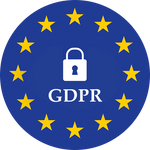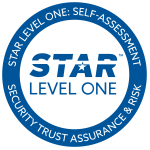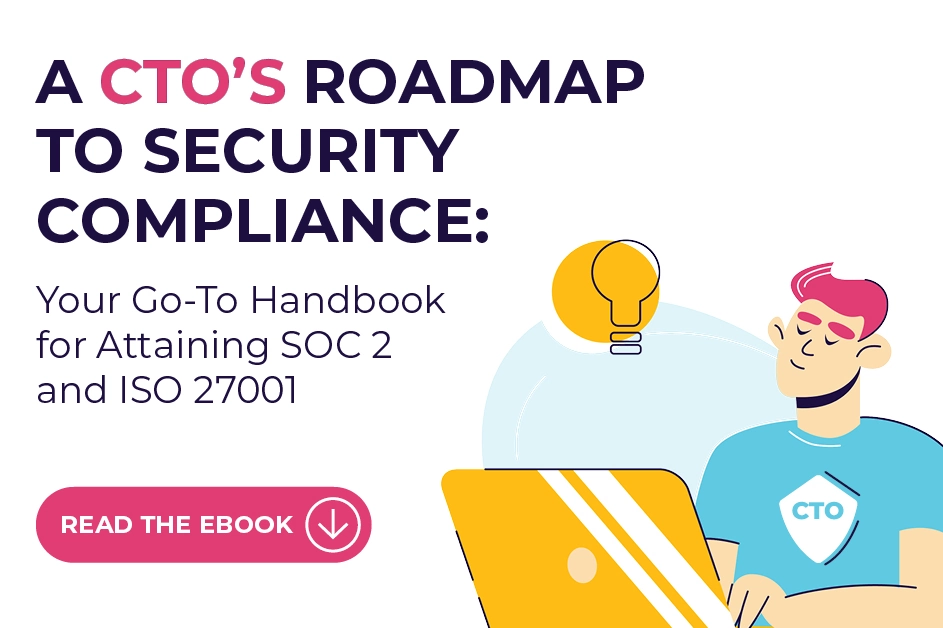The SOC 2 audit process can be daunting. To get the most out of your SOC 2 compliance, it’s critical to remember why you’re undertaking a SOC 2 audit in the first place. With a good strategy and the right technology, it becomes much easier to set yourself up for SOC 2 success.
To ensure you’re on the path to effective SOC 2 implementation, be sure to bear these key dos and don’ts in mind.
Hold up! What does a SOC 2 audit process involve?
A SOC 2 audit assesses a service organization’s security, availability, processing integrity, confidentiality, and privacy controls against the AICPA’s (American Institute of Certified Public Accountants) TSP (Trust Service Principles). A SOC 2 compliance audit is an audit report that provides details about the effectiveness and efficiency of the internal controls of a service organization. It details out how well a service organization has implemented measures to safeguard customer data and how effective are their internal controls are.
SOC 2 audits are divided into two types of reports:
- Type I report – A SOC 2 Type I reports on the suitability of the design of an organization’s relevant trust service criteria controls. Therefore, it reports at a point in time with a specified date (and a shorter time to be audit-ready).
- Type II report – A SOC 2 Type II reports on the suitability of the design and operating effectiveness of an organization’s relevant trust service criteria controls. Therefore, it reports over a period of time, usually a three-to-twelve-month period is advised by the AICPA.
A SOC 2 compliance audit can only be conducted by a licensed CPA firm or agency accredited by the American Institute of Certified Public Accountants (AICPA).
Don’t rush the process…
There are no shortcuts to successful SOC 2 implementation. Just think about how much preparatory work is needed before you can even think of undergoing the actual audit. You need to determine the scope of the audit, get clarity on the type of report you wish to pursue, and ensure all stakeholders are empowered to play their role in ensuring SOC 2 success.
… but do have a SOC 2 strategy
Now, it’s all well and good to say you need to effectively prepare before setting out to meet the SOC 2 compliance requirements. But what does that mean in practice?
That’s why it is so important to gain clarity on your SOC 2 strategy. Why are you implementing SOC 2 in the first place? What is your current operational capacity and how are you planning to grow the business? Are you planning to compete in new markets?
These may seem like abstract questions, but they inform concrete actions. For example, once you have clarity about your customer’s expectations, you are in a much better position to determine the scope of your SOC 2 implementation.
Similarly, while we can all appreciate that SOC 2 Type 2 is the gold standard in information security, you need to be sure you have the operational capacity to implement such a rigorous compliance protocol.
Do use SOC 2 compliance technology
Speaking of operational capacity, how ambitious can you be when implementing SOC 2? After all, becoming SOC 2 compliant is a great way to gain an advantage in highly competitive markets. But at the same time, the audit process is demanding and rigorous. How can you use SOC 2 to grow if achieving SOC 2 compliance is beyond your current operational capacity?
This is where compliance technology takes center stage. SOC 2 automation is a game changer. By automating highly time-consuming processes, and simplifying much of the complexity of preparing for audit, the best SOC 2 technology puts compliance in reach of more business.
Automation also enables you to be more ambitious in your compliance goals. For instance, a SOC 2 Type II audit is extremely demanding. If you’re relying on manual processes, SOC 2 Type II is simply out of reach for many startups and smaller SaaS companies. SOC 2 compliance technology changes the equation, putting the most rigorous compliance in reach of ambitious businesses that need it most.
Don’t delegate too much
So far, we’ve alluded to some big ideas to discuss SOC 2 implementation. Strategy. Operational capacity. Long-term vision.
There’s a good reason for this. Becoming SOC 2 compliant is an intensive process designed to meet a long-term business goal. And that means leadership needs to hold the reins.
There are two reasons senior management needs to be directly involved in SOC 2 compliance decision-making. First, in order to realize the overall strategic vision, you need direction and vision from the top. Second, for successful implementation, every relevant person within the organization needs the guidance and authority to make the required inputs.
Experience shows that the SOC 2 audit process really succeeds when leadership drives the process.
Do get the whole organization involved
If leadership needs to drive compliance, that doesn’t mean the process should be a heavy-handed top-down affair. Management needs to lead the process but all employees should be involved. After all, compliance with SOC 2 requires developing controls that integrate into all aspects of the business, necessitating organization-wide involvement and commitment..
All employees need to appreciate why the changes are necessary and receive the training and support they need to adapt.
SOC 2 technology is especially useful when it comes to coordinating workflow between staff and ensuring everyone has access to the tools and information they need to successfully drive the compliance process.
Don’t take your auditor for granted
As a framework developed by the American Institute of Certified Public Accountants (AICPA), your SOC 2 audit is conducted by an independent CPA. When choosing an auditor, it’s important to remember that the auditor is not your adversary.
SOC 2 is not some legal box you have to tick. You’ve chosen to become SOC 2 compliant for a reason. Therefore, you want an experienced, thorough auditor that will make a careful assessment of the controls you have established.
Remember, the SOC 2 attestation report is a detailed document that describes the measures you have put in place to meet the exacting SOC 2 standards. A detailed attestation will reassure clients that your organization is committed to, and capable of, safeguarding their data.
Do take advantage of expert guidance
SOC 2 is complex, but you don’t have to go it alone! Many businesses depend on an expert SOC 2 advisory service to provide strategic guidance and to manage the nuts and bolts of implementation. An experienced SOC 2 advisory service is a highly effective way to ensure you comply with all SOC 2 regulations as efficiently as possible.
Don’t get complacent after assessment
SOC 2 Type II reports are valid for 12 months from the date of issue. Any report that is older than that becomes of limited value to potential customers. In order to maintain your SOC 2 Type 2 status, you need constant, ongoing compliance. It’s a demanding security standard, but ultimately an extremely rewarding one, as it demonstrates that your business upholds consistent standards of security and reliability. That’s something clients value.
That’s why it is so important to lay the right compliance foundation from the start. With effective processes and systems, and the right compliance technology, consistently meeting your SOC 2 goals becomes simpler, more efficient and much more cost-effective.














